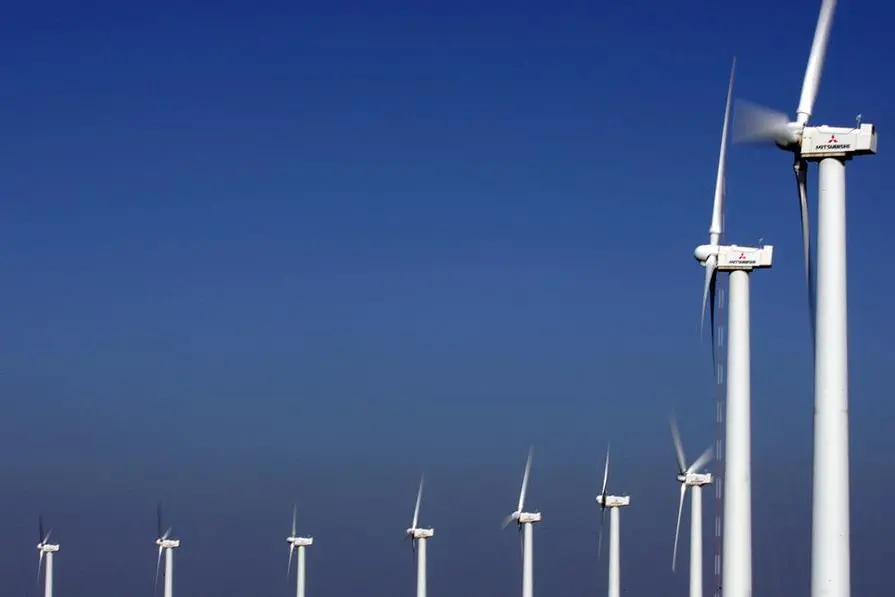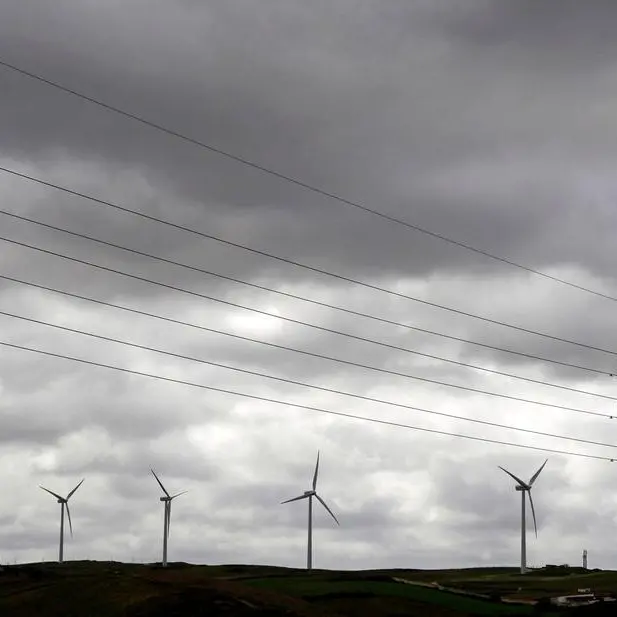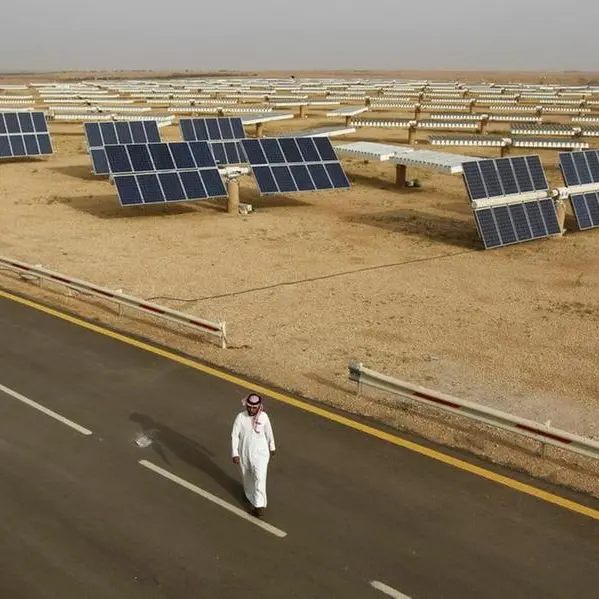PHOTO
FILE PHOTO: A view of electric wind power plants in Vila do Bispo in southern Portugal March 1, 2006. REUTERS/Jose Manuel Ribeiro/File Photo Image used for illustrative purpose.
(The opinions expressed here are those of the author, a columnist for Reuters.)
LITTLETON, Colorado - East Asia is set to remain the top wind power production region thanks to a project development pipeline that will expand current wind power capacity by 65% by the end of 2030, according to data from Global Energy Monitor (GEM).
Wind is the largest and fastest-growing source of renewable power globally, and is expanding by a record pace in every major economy as part of global efforts to transition energy systems away from fossil fuels and reduce harmful emissions.
Wind power generated roughly 7.8% of the world's electricity in 2022, but must expand by enough to produce 21% of global electricity by 2030 if net-zero emissions goals are to be achieved, according to think tank Ember.
Such aggressive expansion targets mean that the recent breakneck development pace must be maintained or surpassed annually for the rest of the decade, and be distributed throughout the world's largest power consuming regions.
EAST ASIAN DOMINANCE
China will remain the largest wind producer and top wind capacity developer, but South Korea, Japan and Taiwan will all post faster growth rates than China through 2030, according to GEM.
China's current wind generation capacity of 278,876 megawatts (MW) will balloon by 41% to nearly 400,000 MW once projects that are currently under construction or planned by 2030 come online, GEM data shows.
While no other country will match the sheer scale of China's wind power additions, many will dwarf its growth rate as they play catch up with the world's green power leader.
South Korea, which currently ranks 38th on the global list of wind power by capacity, will vault to 6th place by the end of 2030 once all 40,869 MW of planned and under-construction projects come on stream - a 3,275% swell from current capacity.
Taiwan is set to grow its current wind capacity by 823% to 16,460 MW, while Japan's is set to grow by 440% or by roughly 15,000 MW to nearly 19,000 MW in total by 2030.
Combined, these East Asian countries are set to account for 36.2% of world wind capacity by 2030, GEM data shows, with the region remaining the largest hub for wind power.
EUROPE RISING
Europe will be the second largest wind power developer over the remainder of this decade, boosting capacity by 68% from current levels.
Germany, Spain, France and Sweden plan to boost their collective capacity by nearly 40,000 MW by 2030, and will all rank among the top 10 global wind producers.
Other large capacity increases are planned in Poland, Finland and the United Kingdom, ensuring that the region's largest economies will all benefit from double-digit growth in green energy supply capacity within the coming decade.
AMERICAN EXPANSION
Steep wind power growth will also be seen across the Americas, with the United States set to cement its position as the second largest wind producer via a 53% swell in current capacity to 212,133 MW by 2030.
Brazil looks set to more than treble its current wind capacity and jump to third in global rankings from 7th place currently, while Canada and Mexico also look primed for notable growth.
SOUTH ASIA, AFRICA & MIDDLE EAST
India's wind power capacity will climb by 25% by 2030, but the country will slip in world rankings from 4th to 7th as other nations bring greater wattage online.
South Africa, currently Africa's top ranked wind producer (25th), will drop to 28th by 2030, and be replaced by Egypt as the continent's top wind generator, followed by Morocco and Algeria.
Saudi Arabia looks set to be the largest wind power producer in the Middle East once it raises current capacity by 125% to 900MW.
AUSTRALASIA AND BEYOND
Australia and New Zealand are also set for rapid wind power expansion over the coming years, with current capacity primed to jump by 422% or roughly 52,000MW to 64,109MW if all planned projects tracked by GEM come to fruition.
Such a steep increase in renewable power capacity has the potential to drastically reshape Australia's power system, and potentially turn the country into a net power exporter if proposed interconnection lines feeding Southeast Asia are built.
Vietnam is also primed for major wind power growth, with over 11,000 MW of capacity planned by 2030 to cement the country's status as a top-20 global wind producer.
In all, given the rapid pace of wind expansion in every region, the global goal of having wind power generate over 20% of global electricity by 2030 is potentially achievable, especially if outdated fossil fuel generation capacity is shuttered over the same period.
(Reporting By Gavin Maguire; Editing by Jamie Freed)





















